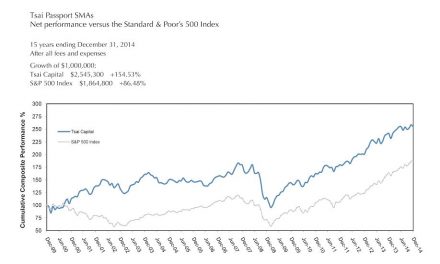By Jack Crooks – Weiss Research
It’s well known that the euro zone is in deep trouble. But what isn’t so well known is that the Eastern European countries could be in even deeper trouble because of their overriding dependence on the European banking system.
As JR and I have discussed in Money and Markets before, the European banking system is in deleveraging mode. That means they are reducing their loan books on a global basis in order to bring money back home to bolster their balance sheets.
On the hook for $6.3 TRILLION on a Greek exit from the Euro
And now with the real probability that Greece may exit the single currency experiment, European banks are facing another gigantic problem …
It’s been estimated they could be on the hook for $6.3 TRILLION on a Greek exit!
This places the entire euro-zone banking system in a very precarious condition because the firewalls (stabilization funds established by the European Union governments) are dwarfed by this massive exposure. It means bank deleveraging is becoming more dramatic. And when euro-zone banking gets in trouble …
The Eastern and Central European countries feel the crunch the hardest
Why?
The Eastern and Central European countries have very little in terms of domestic sources of funding (they do not have viable capital markets yet). They rely most heavily on direct, cross-border bank financing from the core European countries in order to grease the wheels of commerce and as a source of consumer lending.
So when the credit dries up, these countries, aka the European emerging markets (EEM), begin to suffocate.
Now, the double-whammy …
What makes matters potentially worse for EEM countries is that much of their direct lending has come from Swiss and Swedish banks i.e. currencies not tied to the euro. This is a huge problem because EEM currencies, like the Polish zloty, Hungarian forint, and Czech koruna tend to move in direct correlation with the euro. Thus, if the euro falls, their currencies fall too — often much faster because of the emerging market aspect.
Therefore, loans that are denominated in other currencies outside the euro — such as Swedish krona, Danish krone, U.S. dollar, or Swiss franc — tend to grow dramatically at precisely the time when available credit is drying up — European bank deleveraging.
[Note: Presently the Swiss franc is being pegged to the euro, by the Swiss Central Bank, at a rate of 1.20 EUR/CHF. But, if we see a cascading down of the euro currency, it is unlikely the Swiss will be able to maintain this peg, thus widening EEM exposure on any Swiss franc loans.]
This can easily bring a double-whammy of pain that spreads like wildfire across the EEM countries during a European banking crisis.
Chart: Eastern European Currencies Feeling the Pain
Take a look at the chart below of three Eastern European currencies, compared to the U.S. dollar that can be actively traded in the spot foreign exchange market. They are already feeling the pain.
There is little doubt the dominos are set for another whole level of damage that could take place across Eastern and Central Europe as the crisis in Europe spreads. And the smaller economies dependent almost exclusively on cross-border capital flow are almost guaranteed to take a header as this crisis grows.
To sum it up: As hard as the euro will likely get hit (short of disappearing altogether, which is a growing probability), the currencies of the EEM could get smashed to smithereens.
Best wishes,
Jack







